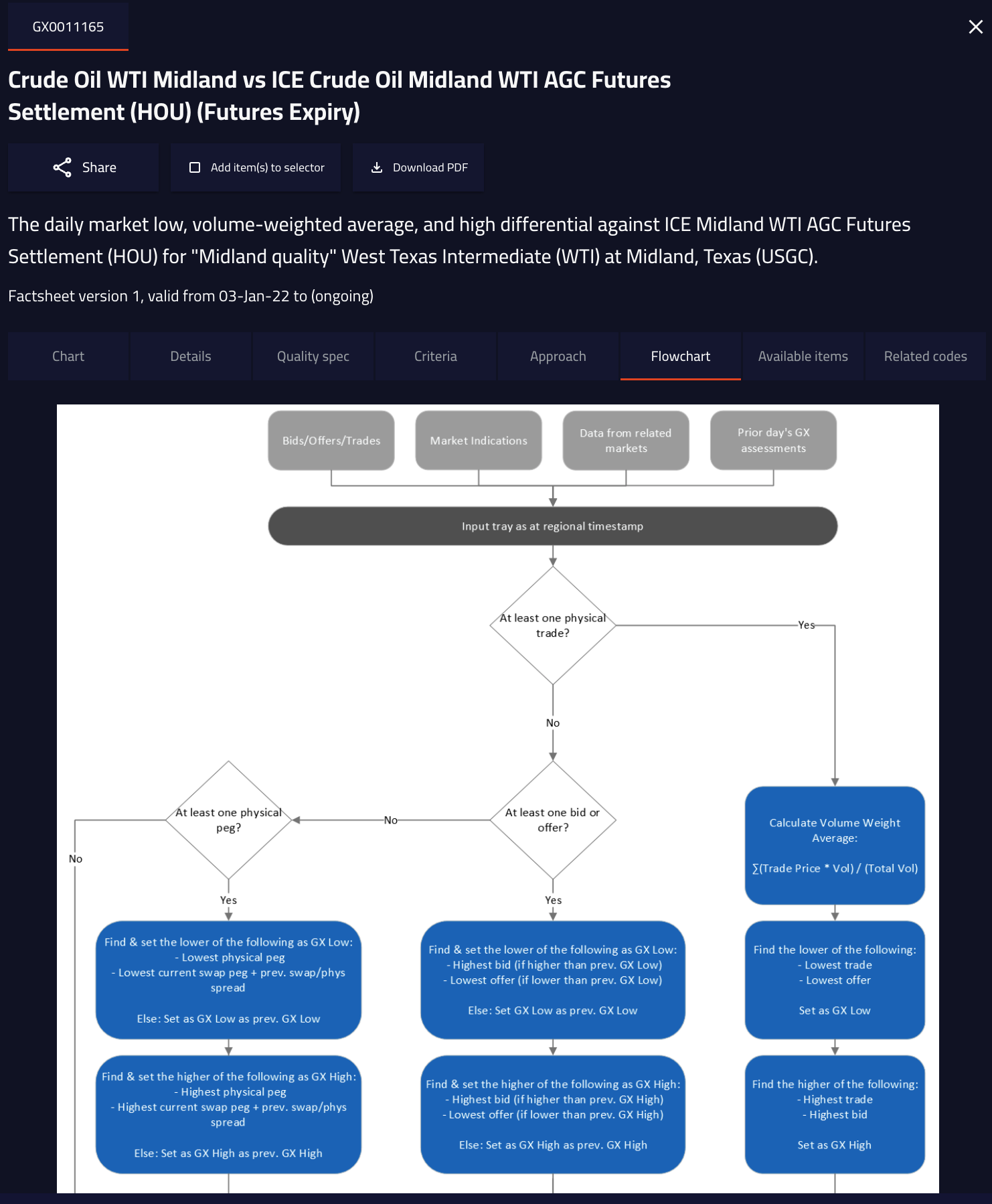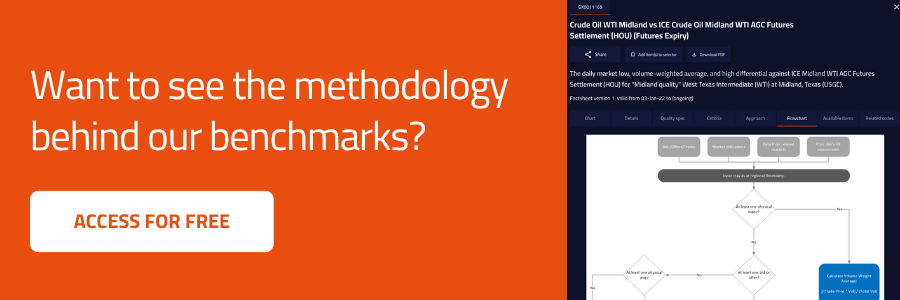Energy benchmarks are often treated as unquestionable reflections of market reality, yet prices from different providers can sometimes diverge. Understanding why these deviations occur reveals deeper issues - not in the data itself, but in the methods and subjectivity behind how prices are produced.
1. Comparing data sources
It is often assumed that differences between benchmark prices from different providers must be explained by discrepancies in the underlying data. That assumption is widespread, but too simplistic.
For our clients, it is not the lack of data that drives most deviations. With over 225 data partners globally providing more than 14,000 daily trades, bids, and offers, all flowing into a modern data lake every day, the raw inputs into our price calculations are more robust than traditional providers.
Independent third-party comparisons (from leading consulting firms) have shown that these data sets are broadly comparable in both depth and quality – allowing a growing list of majors to start adopting our indexes in both internal use cases (such as risk management, mark to market, VaR) and in trading contracts. This means that when benchmark prices diverge, the industry increasingly recognizes that the roots lie elsewhere.
"When benchmark prices diverge the industry increasingly recognizes that the roots lie elsewhere."
2. Understanding methodologies
More meaningful differences often emerge in methodology. The way raw data gets transformed into a benchmark price - through rules, filters, and process design - matters enormously.
In principle, applying market-accepted methodologies should keep benchmarks aligned. Yet, cases are observed where production processes used by legacy PRAs do not fully reflect market fundamentals or even standard operating practices.

Sometimes those gaps appear to be the result of inertia; other times they may be driven by competitive or commercial considerations. Either way, the effect is that benchmark prices can end up out of step with actual market dynamics. For the industry, the critical issue is less about declaring one methodology “correct” and more about whether the process remains aligned with how the market truly operates.
"Benchmark prices can end up out of step with actual market dynamics."
3. Moving away from journalistic subjectivity
The factor most responsible for deviations, however, is subjectivity.
Unlike data or methodology, subjectivity is not simply a technical issue - it is a deliberate feature of some benchmark processes. Legacy pricing companies often defend its use, but that reliance on judgment introduces variability that data alone cannot explain.
"Legacy pricing companies often defend the use of subjectivity, but that reliance on judgement introduces variability that data alone cannot explain."
Multiple in-depth comparisons have shown that deviations frequently occur because subjective calls overrode even the companies’ own published methodologies.
This tends to happen in illiquid markets (such as West African Crude or Voluntary Carbon) or on thin trading days, though even in liquid markets there have been instances where prices were later corrected when no clear justification for the deviation could be found.
From an industry perspective, this highlights the central problem: when subjectivity dominates, benchmarks risk becoming less a reflection of market activity and more an interpretation shaped by editorial discretion.


.webp)
.webp)
